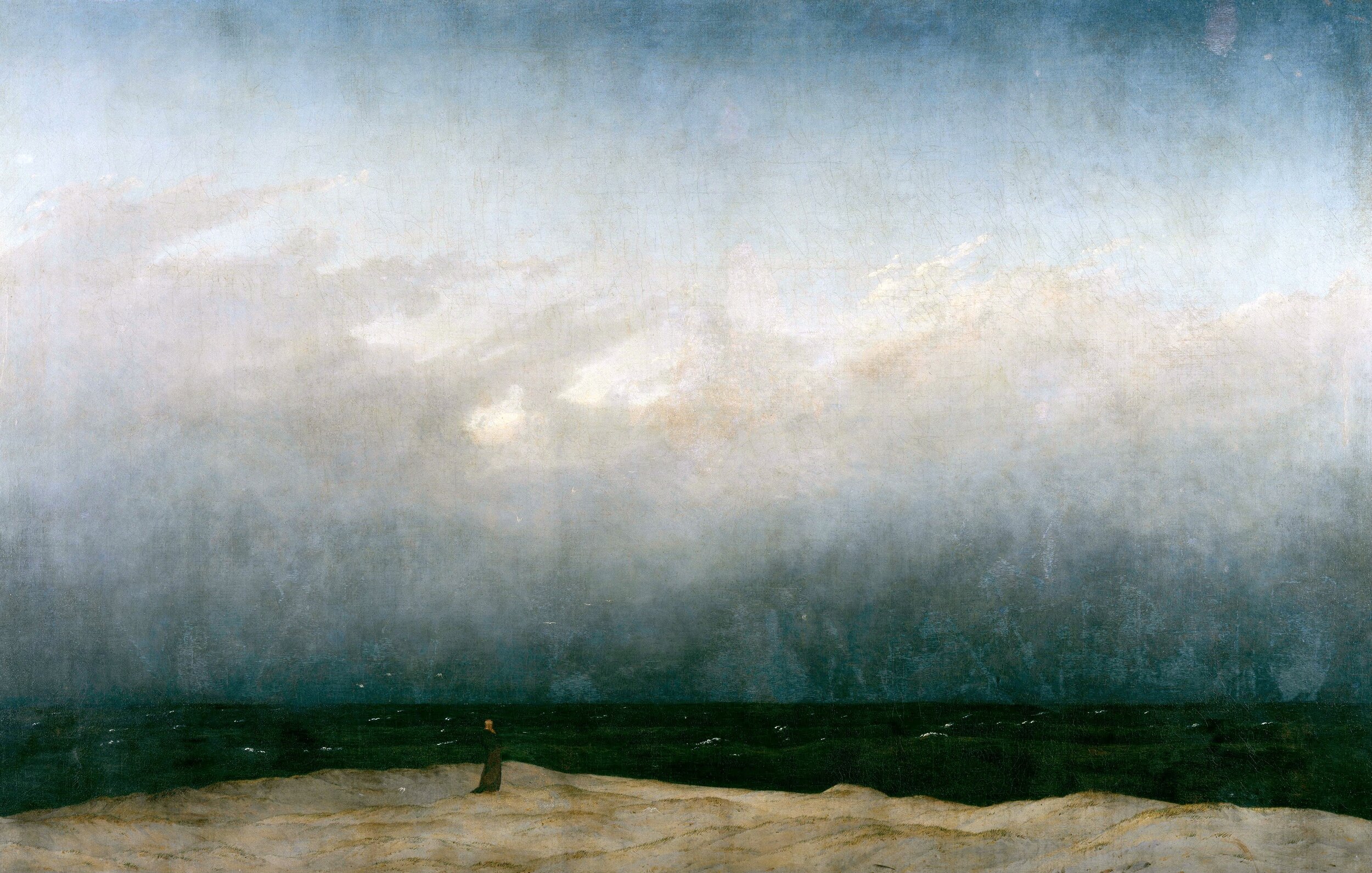As author Brenda Niall tells the story in her 2002 book “The Boyds”, Australia’s most famous artistic dynasty began with four men; Victoria’s first Chief Justice, a convict turned successful brewer, a military officer and a doctor/squatter. Initially, reading this book brought back memories of Tolstoy’s War and Peace in that the reader is confronted with an enormous family tree that runs to three pages.
The scale of that tree can be attributed to the simple fact that most of them bred like rabbits. What is remarkable is the proliferation of artistic offspring produced by these various alliances; painters, potters, sculptors, writers and architects.
For this blog, I am focusing on the career of Emma Minnie Boyd (1858-1936) arguably the first significant artist of the dynasty.
Minnie Boyd; Interior With Figures - The Grange, 1875, watercolour
With the a’Beckett fortune behind her (William a’Beckett was Victoria’s first Chief Justice), Emma Minnie lived a privileged existence both in Victoria and the UK. She spent six years at the Gallery School in Melbourne, as well as private lessons with none other than Louis Buvelot – the finest landscape painter of his generation. Her early interior scenes are my favourites, they depict scenes at the Boyd’s Tudor style mansion “Glenfern” in East St Kilda (which still exists) and “The Grange” at Harkaway (which doesn’t). They are small in scale but very intricate.
Minnie Boyd; Corner Of A Drawing Room, 1887, oil on canvas
Minnie and Arthur Merric Boyd, were contemporaries of the Heidelberg school artists; Tom Roberts, Arthur Streeton, Charles Conder etc. but being married, they remained on the fringes of that movement. Life in the male dominated artists’ camps of the late 1880’s was not a proposition for a lady and besides, the others were all single. She was fortunate to have a painter-husband who encouraged her in her career.
The Boyds moved to the UK in 1890 and their work was shown at the Royal Academy. They lived in relative comfort, but the poverty of rural England began to disturb Minnie. The industrial revolution had effectively destroyed cottage industries and Minnie was encouraged by a local vicar to take part in village life and charitable work. Her painting “To The Workhouse” is a reflection of these times. But they also toured Europe, largely on the proceeds of Emma a’Beckett – Minnie’s mother. They moved back to Victoria in 1894.
Minnie Boyd; To The Workhouse, 1891, oil on canvas
Niall writes that their experiences in Europe didn’t change the Boyd’s greatly as artists, although being exposed to rural poverty awoke a social conscience in Minnie and she became deeply religious. Back in Melbourne, Minnie and Arthur Merric attempted to live a more independent existence but were still heavily reliant on Emma’s “bounty”.
In 1902, the Boyd’s held a joint exhibition in the ballroom of Como House which was regarded as an enviable coup. The exhibition, which was organised by wealthy patron Caroline Armytage was considered a commercial success.
Arthur Merric Boyd; Pastoral, 1899, watercolour
Yet it appears that their status as artists was hard to define. Their perceived privileged background was an uneasy fit with the (romanticised) bohemian image of the serious artist. And these artists may have envied their connections. Yet among the wealthy upper class of Melbourne they were both insiders and outsiders. There appeared to be a slight vein of eccentricity that ran through the Boyd Dynasty and certainly Minnie and Arthur Merric felt awkward about using friendships for money. Yet the more they needed to sell their work the harder it became. Eventually, Minnie began teaching.
Minnie Boyd; Harkaway, 1879, watercolour
Looking at Minnie’s early work, I’m left wondering why she didn’t become a more prominent artist, as she had been exhibiting her work from the age of fifteen. Being a woman in a male dominated profession only provides part of the answer. Once again, the family tree provides the other – she had five children and was a devoted mother. Still, she was one of those rare artists who was able to combine an artistic career with raising a large family. She was equally adept at watercolours and oils and was quite versatile in her output.
Just like her mother before her, Minnie became the centre of Boyd family life. She gave religious sermons to her children, although it was not of the ‘fire and brimstone’ kind. One of her sons (Martin) believes that the literal earnestness with which Minnie accepted her religion was the result of her need for some unalterable centre of stability.
After being frail for some years, Minnie died in 1936 at the age of 78. She had been exhibiting landscapes at the Victorian Artist’s Society until seven years earlier.
References;
The Boyds, Brenda Niall, Melbourne University Press, 2002
Wikipedia

































